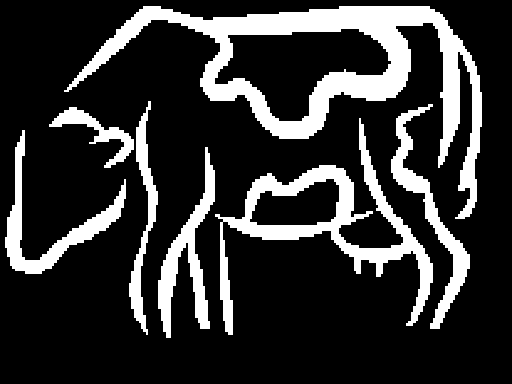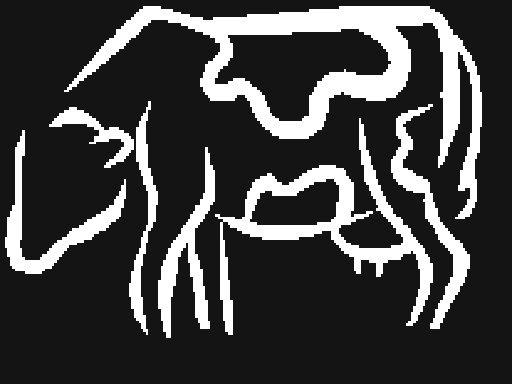Nutrition:
Mycoplasma bovis is able to live in a large range of conditions within the cow, primarily because of its need for vital nutrients from host cells. Almost all of the areas that Mycoplasma bovis is known to infect are areas that are high in cholesterol (Mayer 2007). We see that Mycoplasma bovis infects the respiratory tract of the cow; more specifically the mucus layer of the lungs specifically because it has a large amount of cholesterol (Taylor 2001). (For more info see Interesting facts)
Cholesterol is used in Mycoplasma bovis by both the plasma membrane itself and also to create sterol. Sterol is a vital component of keeping the membrane stable and is usually derived from cholesterol obtained from the host organism (Ramel 2008).
Attachment to the Host
Because Mycoplasma bovis is commonly parasitic in cows it attaches to host cells within the animal and proceeds to extract nutrients the bacteria needs from the host. Mycoplasma bovis needs to gain nutrition from another source because the size of Mycoplasma makes the organism unable to have its own metabolic pathway (Mayer 2007). Other problems can occur within the host cells because Mycoplasma bovis often times creates an immune response within the tissue it infects (Jersey Journal 2002). Other responses due to the attachment of Mycoplasma to the host cell can include genetic failures and it can even make the host cell un-functional. Because of this there have been theories linking some species of Mycoplasma to various forms of cancer.

Created By: Garrett Blumer
University of Wisconsin- La Crosse
Page Last Updated: April 25, 2008

